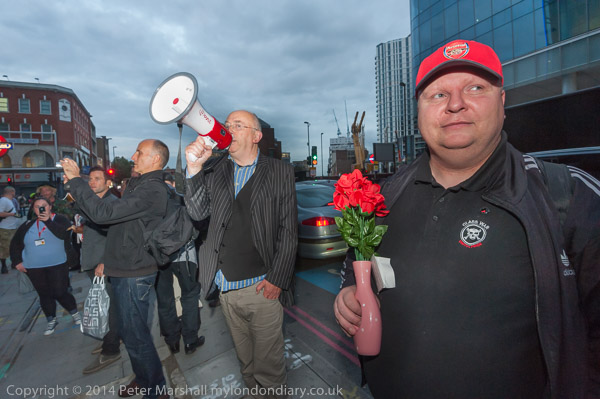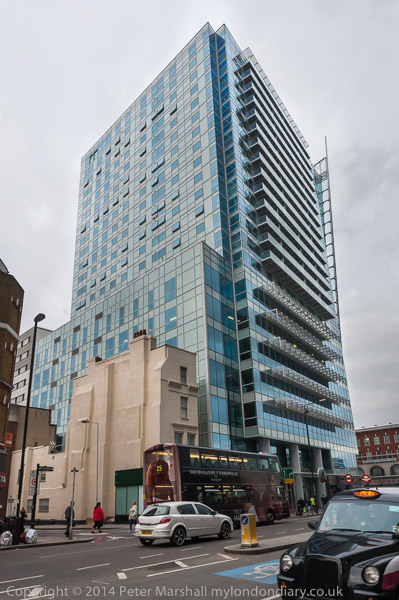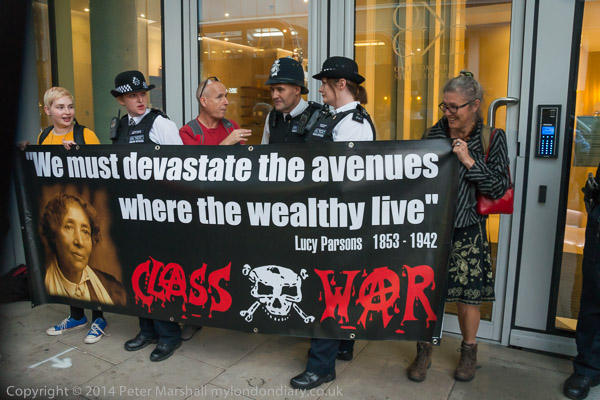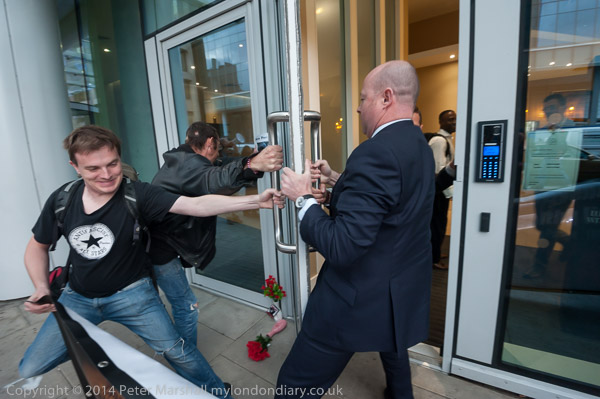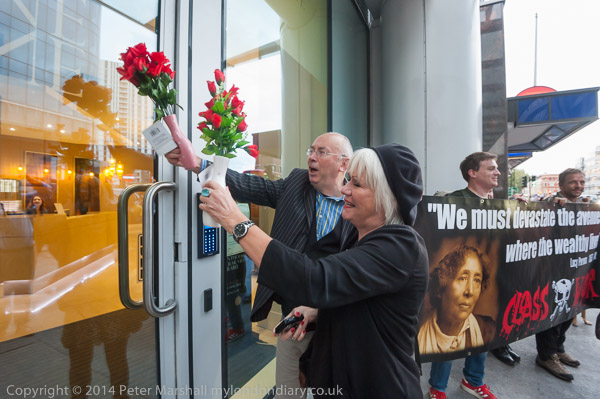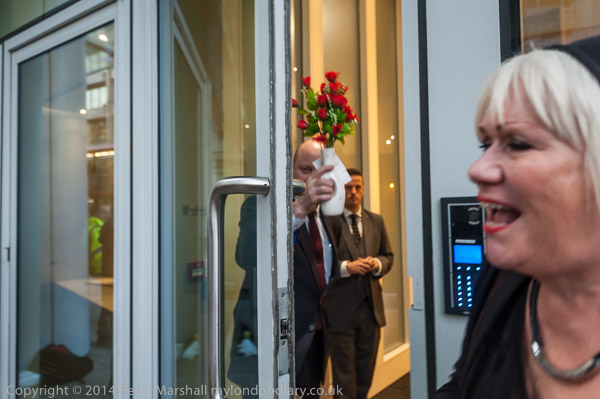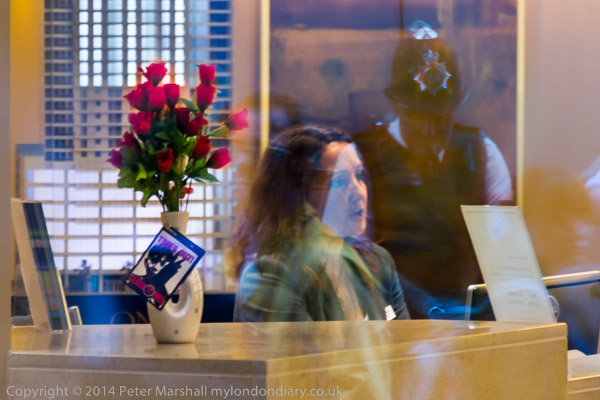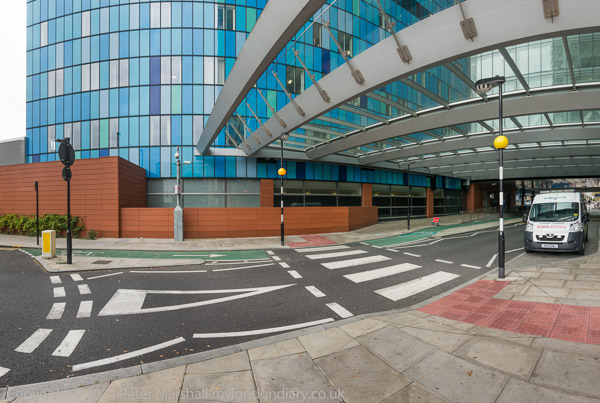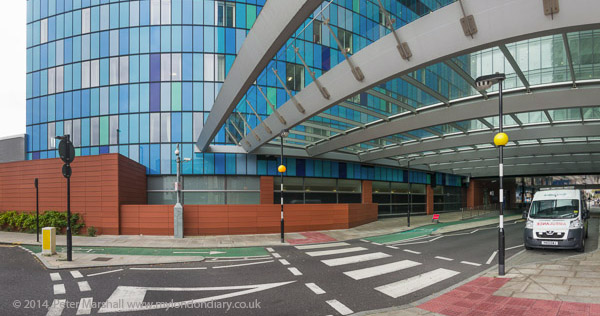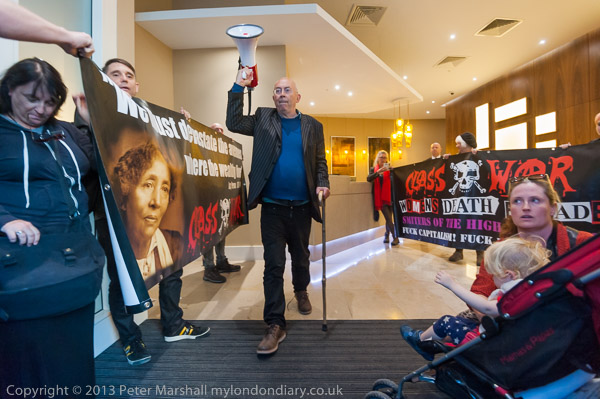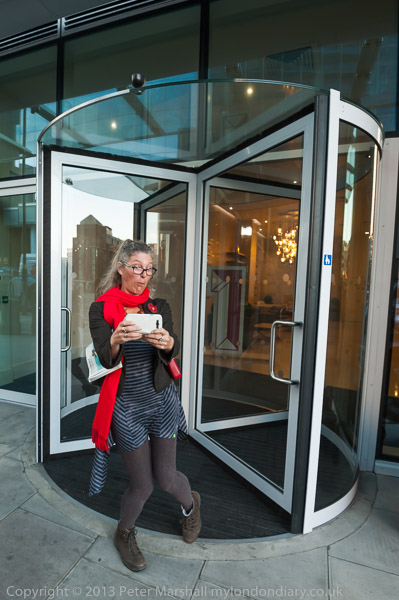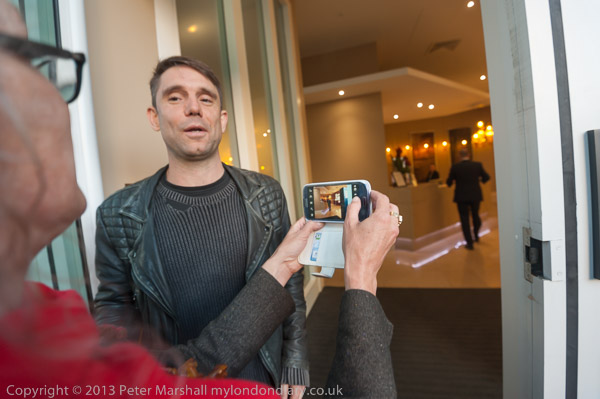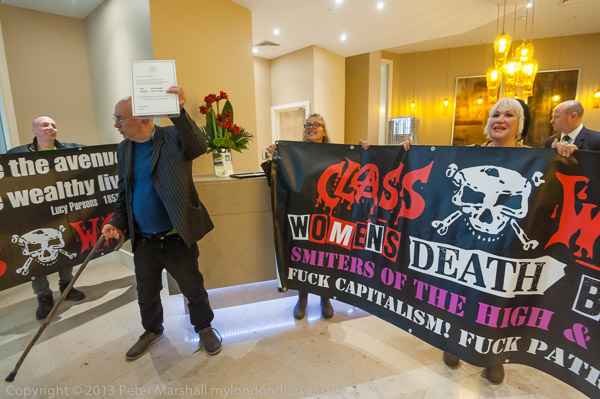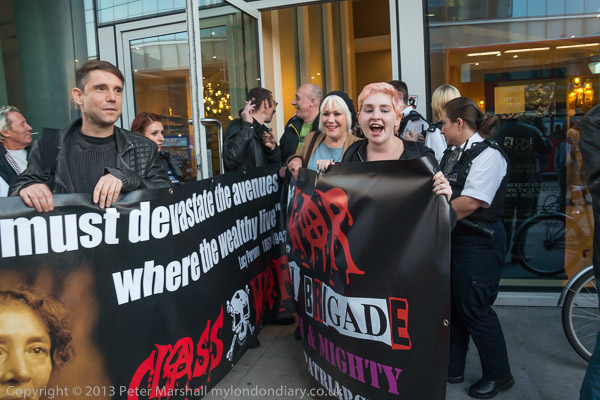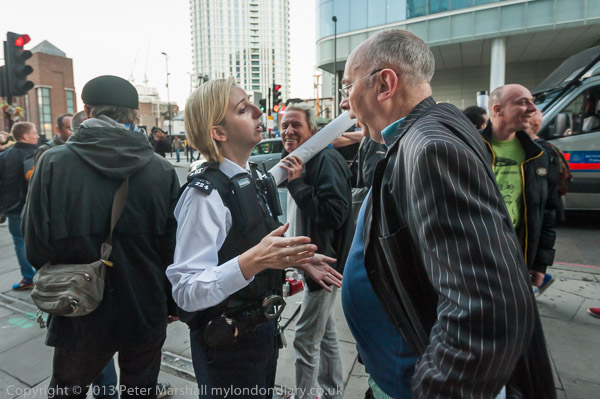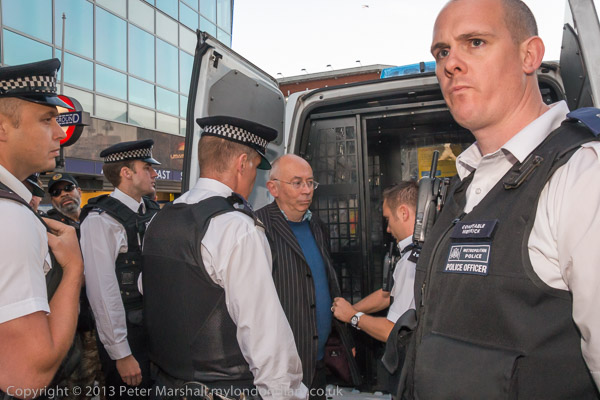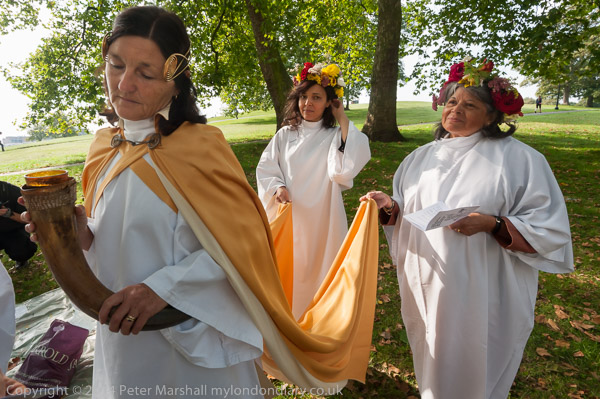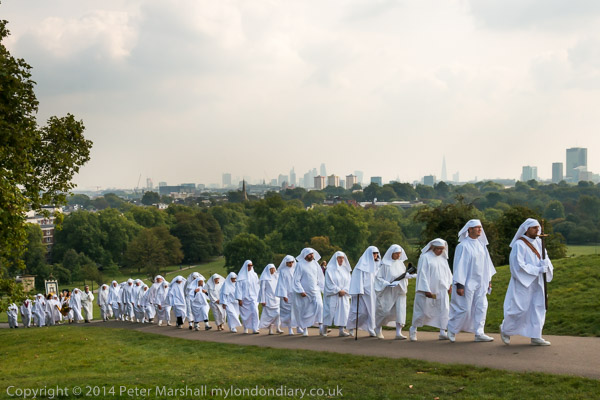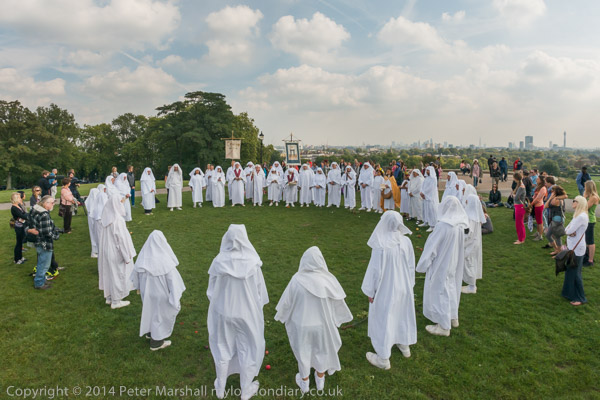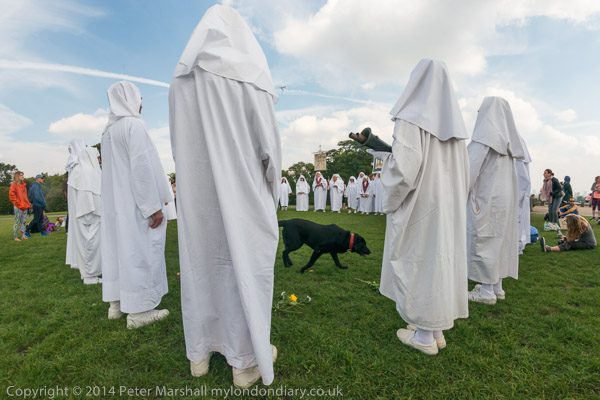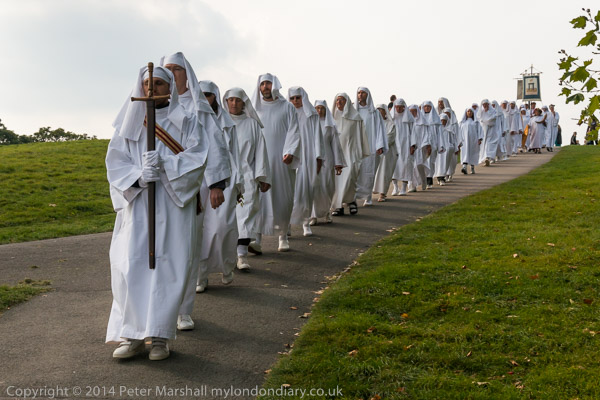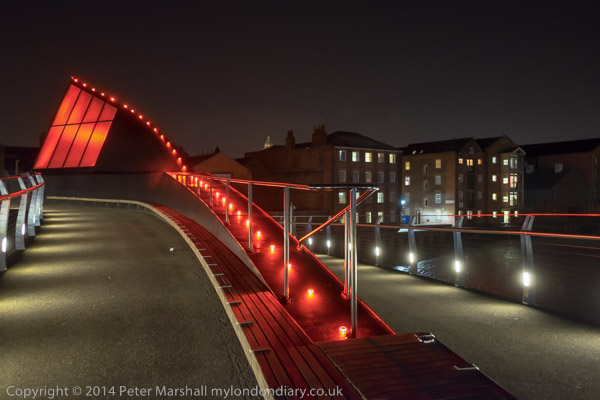
A recently built footbridge across the River Hull
I’d been thinking for a while that while I liked the Fuji X-T1, and in particular the viewfinder, the lenses that I had for it, the 18-50 zoom, the 14mm and the Samyang 8mm fisheye, were all rather large. Not a problem when you are going out to work seriously, but they make it a little bulky when you want a camera to take along when taking pictures isn’t your main intention.
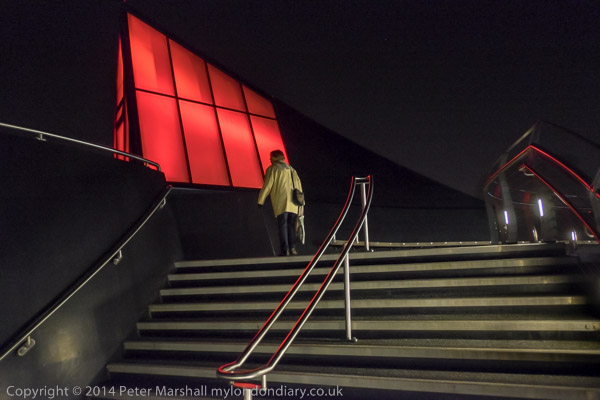
So for those occasions, I was still picking up the Fuji X100, a nice but sometimes frustrating fixed lens camera, with a 35mm equivalent lens. One of the frustrations with using it is that it sometimes just won’t take a picture – and the only way I’ve found to persuade it to function is to turn it off and then back on, wasting a few seconds, usually long enough for people to move or lighting to change and pictures to vanish. But my real problem is that so often its view is not quite wide enough. You can get a supplementary lens that fits on the front and makes it wider, but that seems a rather clunky solution which rather negates the concept.
For some years the main camera I used and carried almost all the time was a Leica M2 with 35mm f1.4 Summilux,. and 35mm became my ‘standard’ focal length. But after around ten years I put it to one side and standardised instead on a Minolta CLE – a more compact camera with an exposure meter – and the Minolta 28mm f2.8 which became my carry everywhere camera. I found the wider lens much more generally useful, and if absolutely necessary you could crop the image a little to give the effect of a 35mm or even a 50mm.
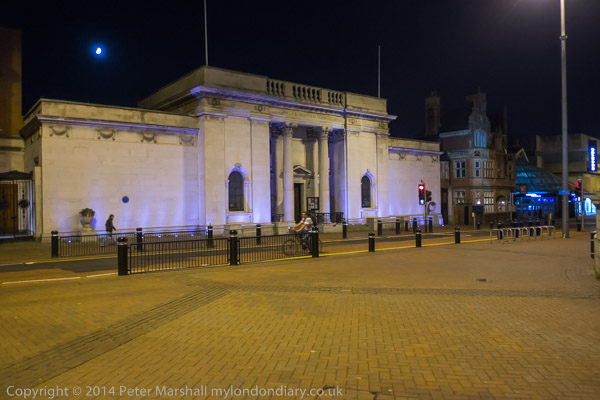
The Ferens Art Gallery – where I had a show in 1983 – you can see many of the pictures in ‘Still Occupied‘
So I wanted a small lens, and one with approximately the angle of view of a 28mm on a film camera. Taken together these two requirements made the 18mm f2 an obvious choice. But two things put me off. Firstly there are quite a few reviews that knock the performance of this lens, and secondly that I didn’t want to pay the roughly £400 that my usual dealers were then asking.
I left it for a while, then thought about it again when Fuji started a cashback scheme. There is a rather better scheme now – and for around a month longer, but unfortunately it doesn’t include the 18mm. I turned to Ebay and found that there was a fairly steady stream of secondhand 18mm Fuji lenses coming up for sale – mainly as owners were replacing them with the 10-24 zoom. That’s a lens I’d rather like too – and will doubtless buy in time – but that in my mind serves a quite different purpose – and another relatively large and bulky lens, if half the size and weight of its Nikon near equivalent I currently use.
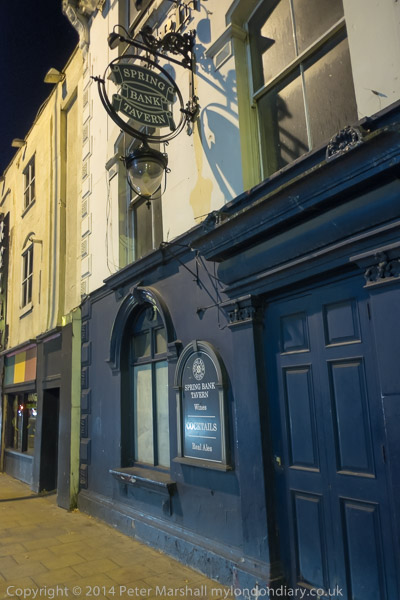
Spring Bank
I bid in a few auctions, gradually increasing the maximum bid I was prepared to pay, kicking myself for missing a real bargain in the first I took part in which went for £165, and eventually getting the lens I wanted for a little under £200 including postage. It arrived just a couple of days before I was leaving for a couple of days in Hull, where I was going to attend a wedding, followed by a brief visit to Derbyshire on the way home.
I thought it likely I would be asked to take some candid pictures at the reception, and knew I would also have some time there to take pictures, but I wanted to travel reasonably light. So I put the 18mm on the X-T1, packed the other three lenses in my shoulder bag and set off for Hull.
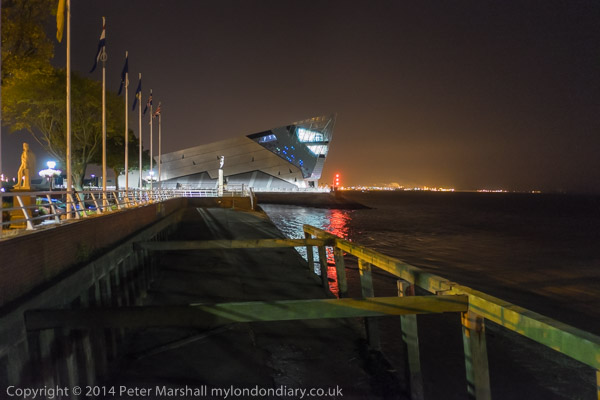
The Deep and the River Humber
In Hull and Derbyshire I took over a thousand pictures over 4 days, though I’ve not kept all of them, including several hundred at the wedding reception, mainly in relatively dim room lighting, and the technical quality of the results from the X-T1 and 18mm surprised me. I took quite a few night images as well, all hand-held, at shutter speeds down to 1/10 s (and one at 1/5.) Of course where possible I leaned on rails or against posts to help keep the camera steady, but often there was nothing to use for support. Not every image was sharp, and I generally took several so as to pick the sharpest.
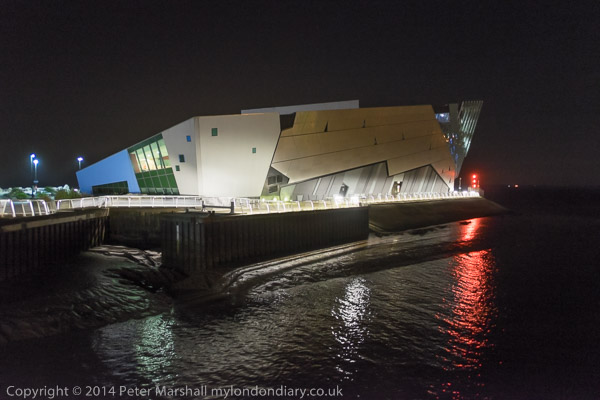
The Deep is on the point where the River Hull flows into the River Humber
You can see more of the pictures I took in Hull with the 18mm, mainly at night, in Hull at Night and some during the daytime – as well as a few from Hornsea in Hull and Hornsea. And still with the 18mm, Unstone Grange & Chesterfield.
Although I carried around the three other lenses in my bag throughout my trip, somehow I never felt a need to use anything but that 18mm.
Continue reading Fuji in Hull
